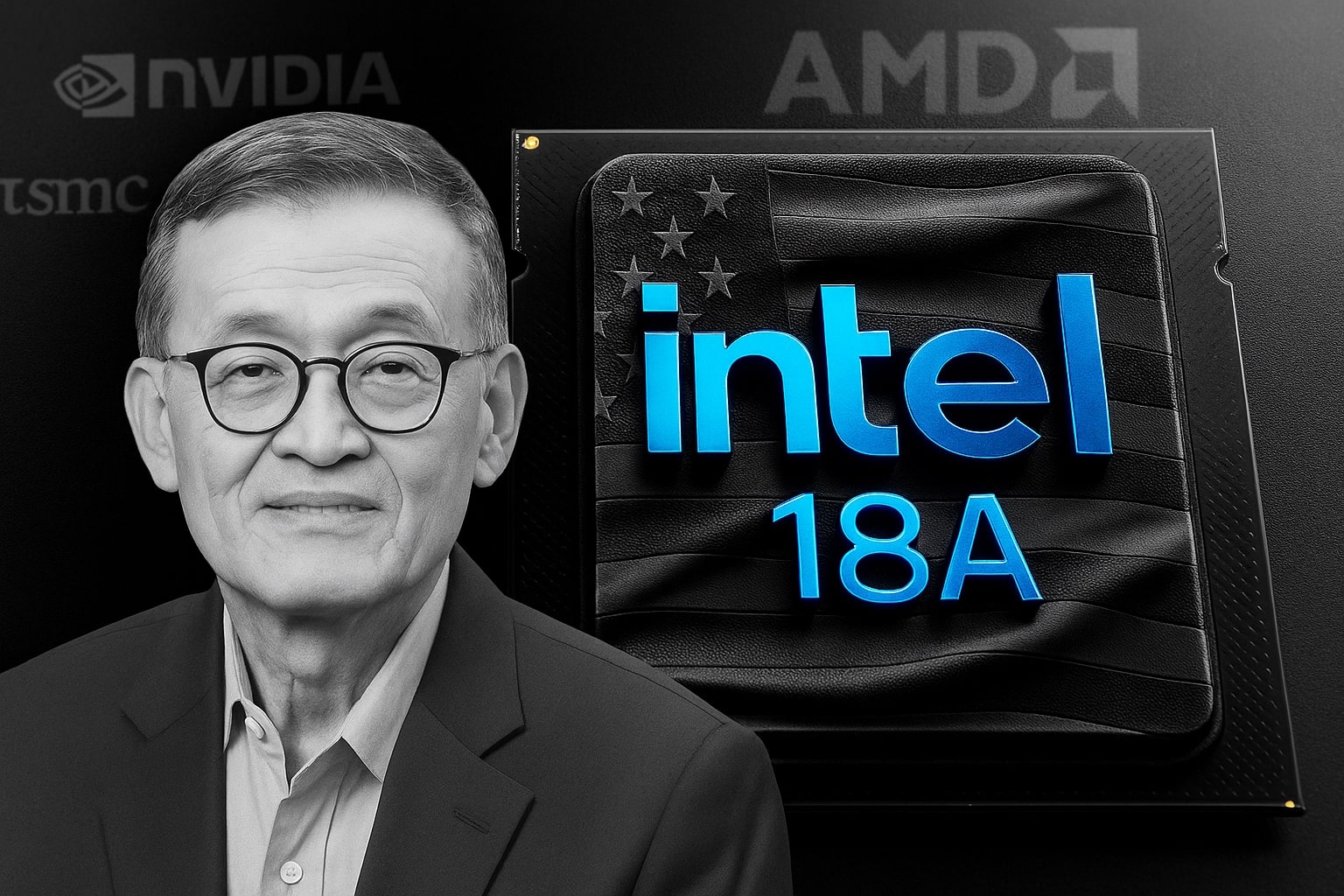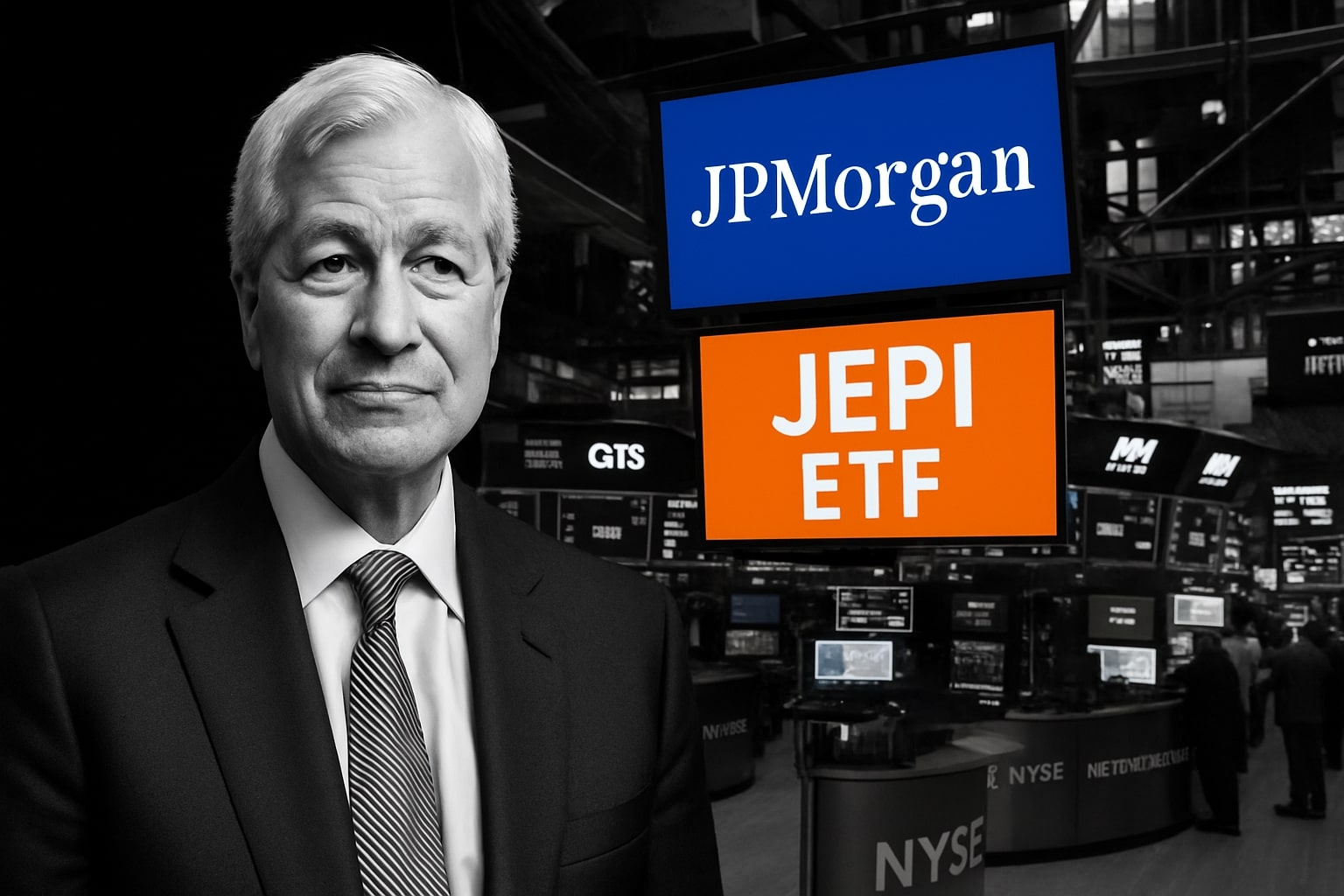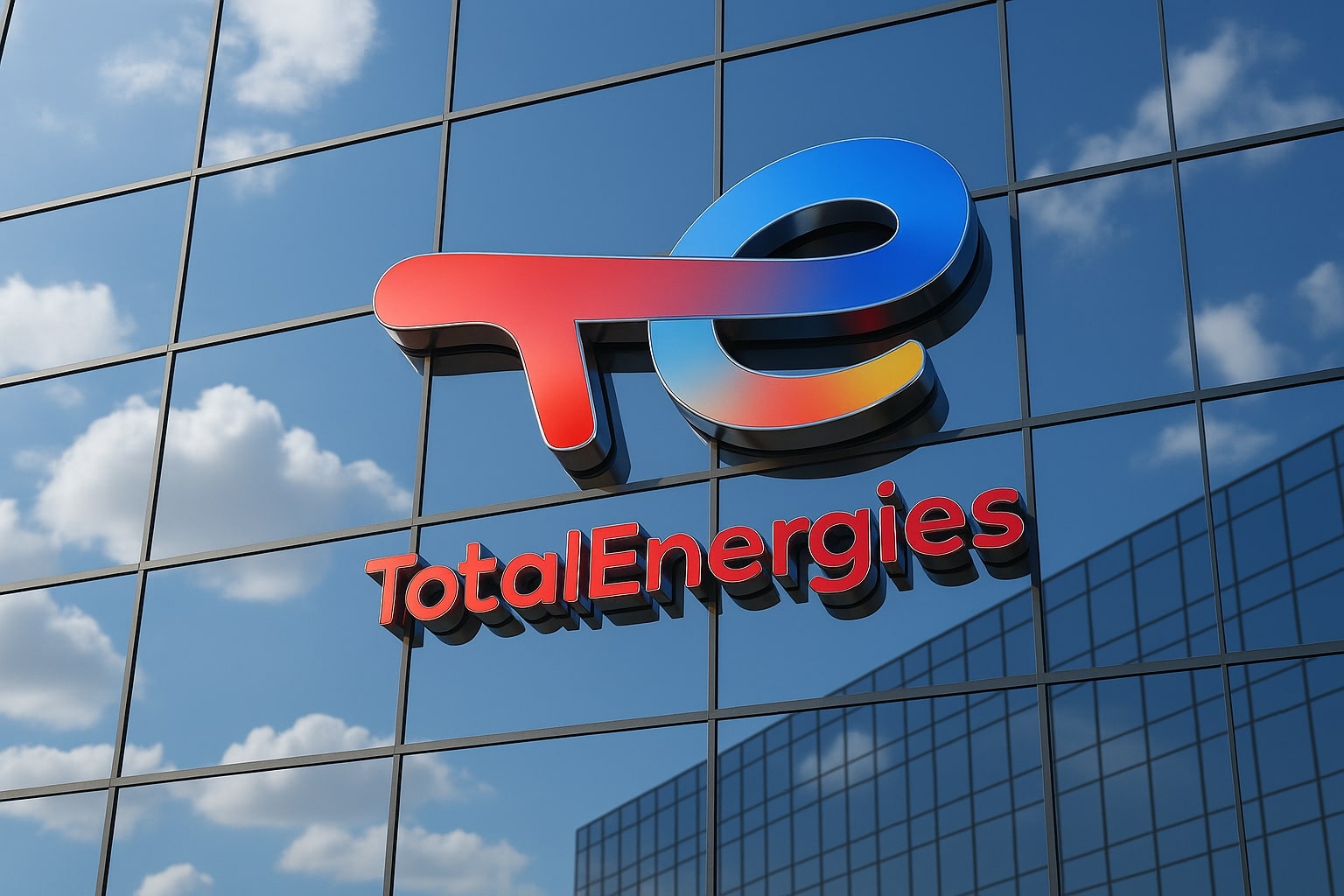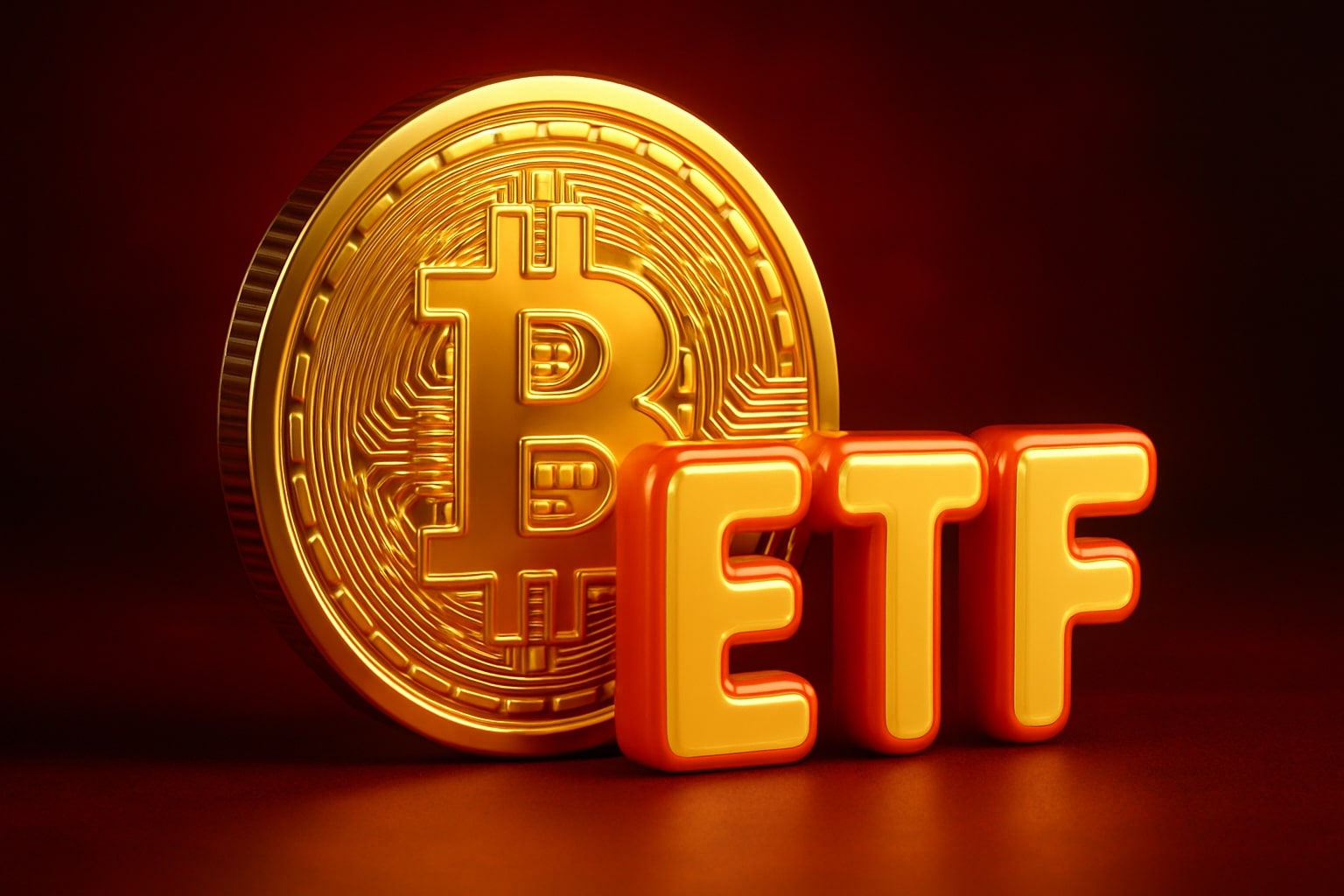
Intel Stock Price Slides to $37.82 as CTO Heads to OpenAI — Is INTC Still a Buy After Its 91% 2025 Rally?
Intel (NASDAQ: INTC) fell 1.65% Tuesday after CTO Sachin Katti departed for OpenAI, putting CEO Lip-Bu Tan in direct charge of Intel’s AI strategy | That's TradingNEWS
Intel (NASDAQ:INTC) Reclaims AI Momentum Amid Executive Shake-Up, Strategic Partnerships, and Analyst Upgrades
Intel’s Stock Performance and Market Repricing
Intel Corporation (NASDAQ:INTC) has entered a new phase of market reevaluation after months of structural change, leadership transition, and strategic repositioning in artificial intelligence and advanced computing. Shares of Intel closed at $37.95, down 1.31% on Tuesday, following a period of intense volatility. Yet the stock has gained 93% over the last three months and 91.77% year-to-date, marking one of its sharpest recoveries since 2020. With a market capitalization of $183 billion, Intel has outperformed most semiconductor peers in percentage terms this quarter, aided by a wave of bullish sentiment tied to its AI pivot and major analyst target revisions.
Despite the intraday dip, Intel’s upward trajectory reflects renewed investor confidence after an extended period of underperformance. The stock has rallied from $17.66—its 52-week low—to a recent peak of $42.48, fueled by strategic restructuring and positive Q3 earnings. The price-to-sales ratio now sits near 1.5x, matching its 2022 lows, a level that historically preceded a strong rebound. Analysts at Morgan Stanley, Truist, Deutsche Bank, and Benchmark have all lifted their targets, citing cost discipline, foundry improvements, and expanding AI exposure.
Leadership Transition: CTO Sachin Katti Departs for OpenAI, CEO Lip-Bu Tan Takes Control
A defining moment for Intel’s short-term narrative came with the surprise exit of Chief Technology and AI Officer Sachin Katti, who left to join OpenAI to lead its artificial general intelligence (AGI) compute infrastructure team. Katti, a Stanford academic with four years at Intel leading edge computing and networking, was a key architect of Intel’s AI roadmap. His move—announced via social media—sent ripples across Silicon Valley, signaling how aggressively AI-first firms are pulling senior talent from legacy chipmakers.
In response, Intel’s CEO Lip-Bu Tan announced he would personally take charge of the AI and Advanced Technologies Group, underscoring the strategic priority of artificial intelligence within the company’s transformation. The official statement emphasized continuity: “We thank Sachin for his contributions. Lip-Bu will lead the AI and Advanced Technologies Groups, working closely with the team.”
This decision consolidates AI decision-making directly under Tan, who joined earlier this year after Intel’s previous CEO, Pat Gelsinger, stepped down following a 53% total return decline during his tenure. Tan, the former Cadence Design Systems founder and long-time investor, is known for building cross-ecosystem alliances—his leadership marks a cultural reset focused on accountability and execution speed.
AI Strategy Reboot: Crescent Island and Next-Generation Compute Platforms
Intel’s renewed AI momentum hinges on its Crescent Island chips, unveiled in October, which are optimized for inference workloads—a segment Nvidia and AMD largely ignore. Unlike Nvidia’s Blackwell GPUs or AMD’s Instinct MI400 series, which dominate AI model training, Crescent Island targets the downstream demand of AI inference, where latency and power efficiency are critical. The chips feature massive memory bandwidth and multi-node scalability, designed to support real-time generative AI queries and “agentic” workloads—AI systems capable of performing multiple reasoning tasks simultaneously.
Early samples will ship to enterprise customers in the first half of 2026, positioning Intel as a viable alternative for hyperscalers seeking inference solutions that integrate with existing x86 infrastructure. This pivot is crucial: inference computing could grow to 55% of total AI hardware spending by 2028, and Intel’s stronghold in data centers and PCs gives it leverage.
The new Crescent Island architecture will complement Intel’s Gaudi AI accelerators, which remain competitive in cost-per-teraflop efficiency. Together, these moves reposition Intel away from head-to-head competition with Nvidia’s training chips toward owning the under-served inference space.
Partnership Ecosystem: Tesla, Nvidia, and Foundry Realignment
Intel’s recovery also depends on its ability to build manufacturing relevance. Reports indicate Tesla (NASDAQ:TSLA) is exploring Intel’s foundry network for its custom AI chip fabrication, a deal that could validate Intel’s advanced packaging technology and offset its foundry underutilization. While not yet confirmed, insiders describe early collaboration discussions, and investors have responded positively to the potential scale—Tesla’s proprietary Dojo chip infrastructure could require billions in wafer capacity annually.
Intel is also collaborating with Nvidia (NASDAQ:NVDA) to co-develop hybrid data center systems combining Intel Xeon CPUs with Nvidia accelerators—a pragmatic move bridging the rivalry with mutual profitability. In the consumer segment, Intel’s Core processors are being optimized alongside Nvidia’s RTX GPUs for AI-enhanced PC functions, targeting shipment of 100 million AI-enabled chips by end-2025.
These collaborations show Intel’s new realism under Tan: prioritize relevance, not rivalry. By embedding itself across competitors’ ecosystems, Intel positions its foundry as indispensable even to its fiercest adversaries.
Financial Performance and Analyst Reassessment
Intel’s Q3 2025 earnings marked a turning point, beating Wall Street expectations. Morgan Stanley raised its target from $23 to $36, Truist lifted from $21 to $39, and Benchmark issued a Buy rating with a $43 target, citing improving foundry execution and a revived balance sheet. Deutsche Bank, while more cautious, lifted its target to $30, praising “aggressive capital discipline.”
Intel’s cost-cutting program has been central to this turnaround. Over the past year, Intel reduced operational expenses by $3.5 billion, trimmed legacy projects, and restructured its supply chain to align with its Ohio One mega-fab initiative. While the Ohio plant faced uncertainty earlier this year due to low foundry utilization, new hiring activity suggests construction and ramp-up remain on track. Positions are being reopened in New Albany, Ohio, signaling renewed production timelines for its 14A process node, critical to next-gen chips.
The stock’s rally aligns with this narrative shift. Intel’s 52.22% share-price increase over the past year and YTD gain of 91.77% underscore renewed conviction. Yet the average analyst price target of $35.44 still implies mild downside from current levels, revealing skepticism about sustaining earnings momentum into 2026.
CHIPS Act Funding and U.S. Manufacturing Tailwinds
Intel continues to benefit from tens of billions in CHIPS Act grants and loans, aimed at restoring U.S. semiconductor independence. Although disbursements have been slower and smaller than early announcements suggested, these funds are gradually materializing, improving Intel’s domestic competitiveness against TSMC and Samsung. The company is a key pillar in Washington’s strategy to secure critical chip infrastructure amid escalating U.S.–China tech tensions.
With the Trump administration returning to office, policy signals now favor domestic manufacturing even more aggressively. Intel’s Ohio and Arizona expansions could capture additional incentives as federal focus shifts toward reshoring defense-related AI chips. This political tailwind complements Tan’s operational reboot, merging industrial policy with corporate strategy.
Read More
-
JEPI ETF Edges to $57.11 as Yield Holds Above 8% and Covered-Call Premiums Power Income
11.11.2025 · TradingNEWS ArchiveStocks
-
XRP ETFs Slide — XRPI Down to $14.18 and XRPR to $19.80 as Investors Lock In Gains After Record Run
11.11.2025 · TradingNEWS ArchiveCrypto
-
Natural Gas Price Steadies Near $4.40 as Record U.S. Supply and Weather Volatility Define Market
11.11.2025 · TradingNEWS ArchiveCommodities
-
USD/JPY Price Forecast - Yen Holds Near 154.00 as Yen Slides and Market Awaits Fed-BoJ Policy Shift
11.11.2025 · TradingNEWS ArchiveForex
Valuation and Comparative Analysis
Intel’s trailing profit-based valuation remains distorted, with a P/E ratio exceeding 400x due to slim margins. However, on a price-to-sales (P/S) basis, Intel trades at 1.5x, a fraction of Nvidia’s 18x and AMD’s 9x. Even Broadcom (NASDAQ:AVGO) trades above 6x sales, highlighting Intel’s deep relative discount. If Intel were valued at even 4x sales, its market cap would approach $480 billion, implying significant upside once margins normalize.
The company’s gross margin improved to 35.6%, reversing three quarters of decline, and cash flow from operations reached $4.3 billion, funding capex without increasing net debt. These numbers suggest Intel’s painful turnaround phase is stabilizing into early recovery.
AI Brain Drain or Strategic Consolidation?
The departures of Sachin Katti and Saurabh Kulkarni (former VP of Datacenter GPU Product Management, now at AMD) raised concerns of a “brain drain” at Intel. Yet the market’s calm response reflects confidence in Tan’s depth bench and pragmatic leadership. Rather than panic, investors viewed these exits as the natural evolution of a maturing ecosystem—one where AI expertise rotates between hyperscalers and chipmakers.
Katti’s move to OpenAI also tightens Intel’s indirect exposure to the AGI infrastructure layer, as OpenAI remains a downstream customer for Intel’s networking and edge components. In other words, while Intel loses a leader, it gains relevance in the broader AI hardware chain.
Long-Term Outlook: Between Relevance and Reinvention
Intel’s future now hinges on execution. The company must prove that Crescent Island’s real-world performance matches its design ambitions, that the Ohio fab ramps on schedule, and that AI-PC adoption sustains volume recovery. If achieved, Intel could double its EPS by 2027, even under conservative margin assumptions.
At current levels around $38 per share, Intel trades at roughly 14x forward normalized earnings, below both AMD (37x) and Nvidia (46x). The company’s recovery potential lies in regaining investor trust through consistency—quarterly performance that reflects operational discipline, not hype.
Verdict: Hold — Cautiously Bullish on Multi-Year AI Recovery
Intel (NASDAQ:INTC) is no longer a turnaround story in crisis but a patient revival entering its second stage. Despite leadership churn and the loss of high-profile AI talent, the company’s pivot toward inference computing, cost restructuring, and cross-ecosystem collaboration provides measurable tailwinds.
Short term, shares may consolidate between $35–$40 as valuation catches up with sentiment. Medium term, if Crescent Island delivers and foundry utilization rises, $50+ is achievable by 2026. Long term, Intel’s role in U.S. chip sovereignty and AI infrastructure cements it as a strategic Hold, with upside toward Buy territory once execution risk narrows.
Final Take:
Intel’s evolution under CEO Lip-Bu Tan marks a decisive break from its turbulent past. The company is no longer trying to mimic Nvidia’s dominance; it’s carving its own lane—supplying the compute backbone for the next phase of AI and high-performance infrastructure. Between the Crescent Island platform, the Ohio One build-out, and growing partnerships with both competitors and hyperscalers, Intel has re-entered the conversation as a critical American technology pillar rather than a fading legacy name. Execution risk remains high, but if Tan’s focus on precision manufacturing and inference-level AI delivery holds, Intel (NASDAQ: INTC) could transform from a recovery story into a renewed force shaping the future of U.S. semiconductor leadership.


















